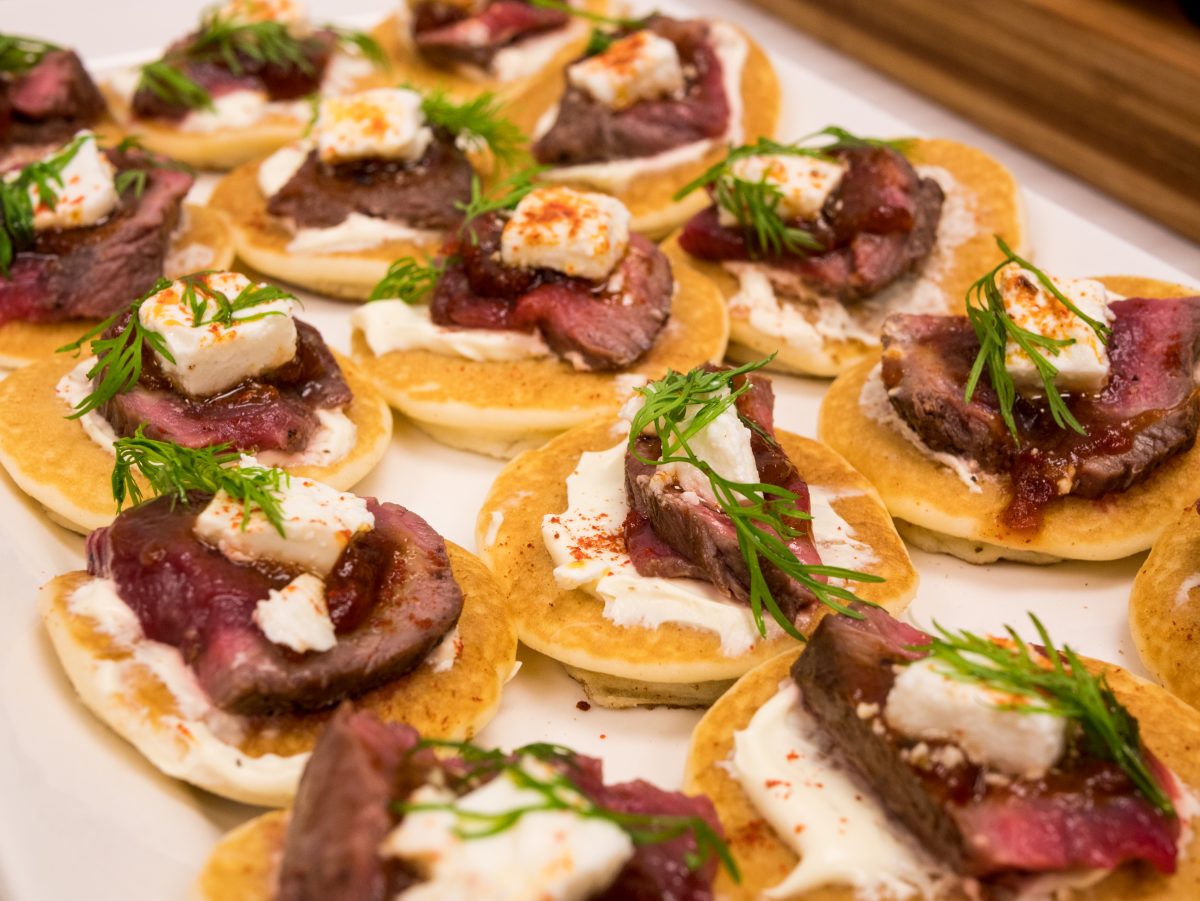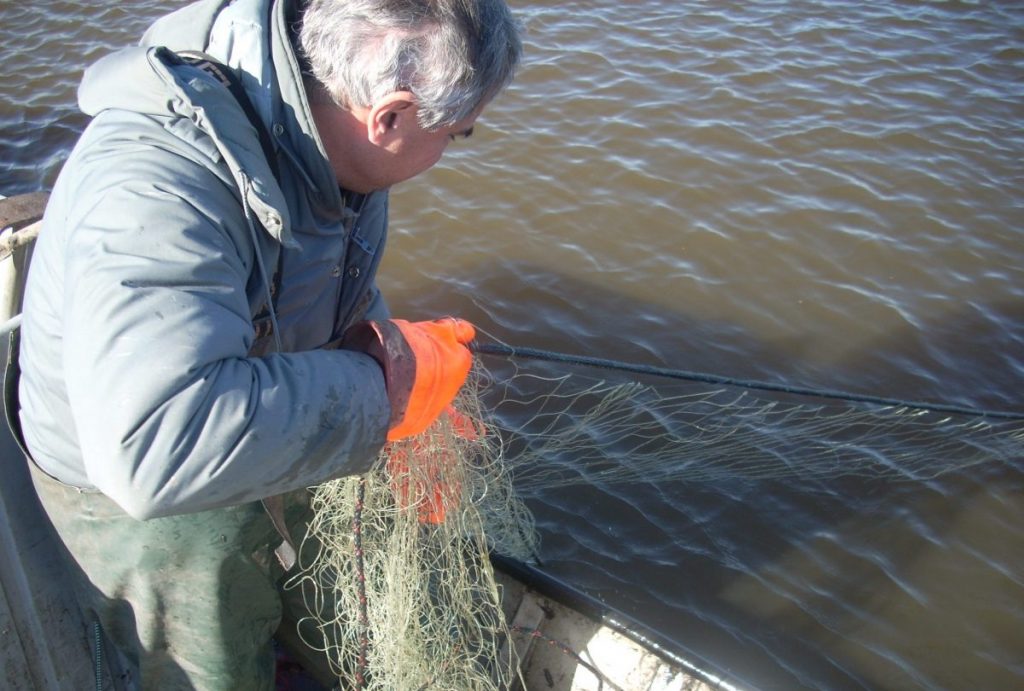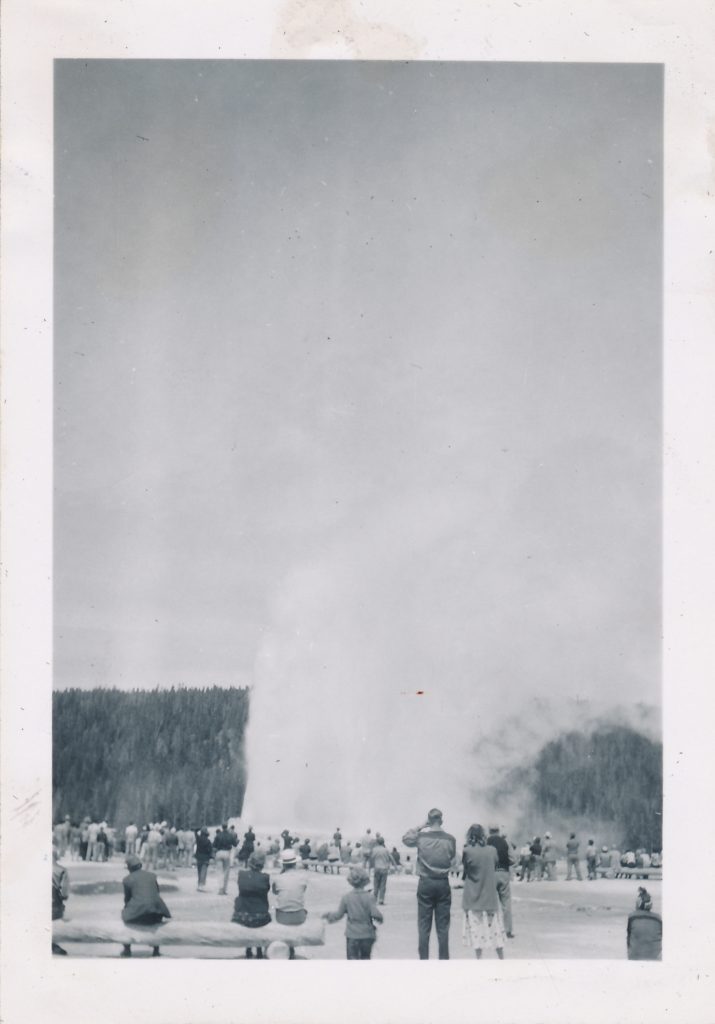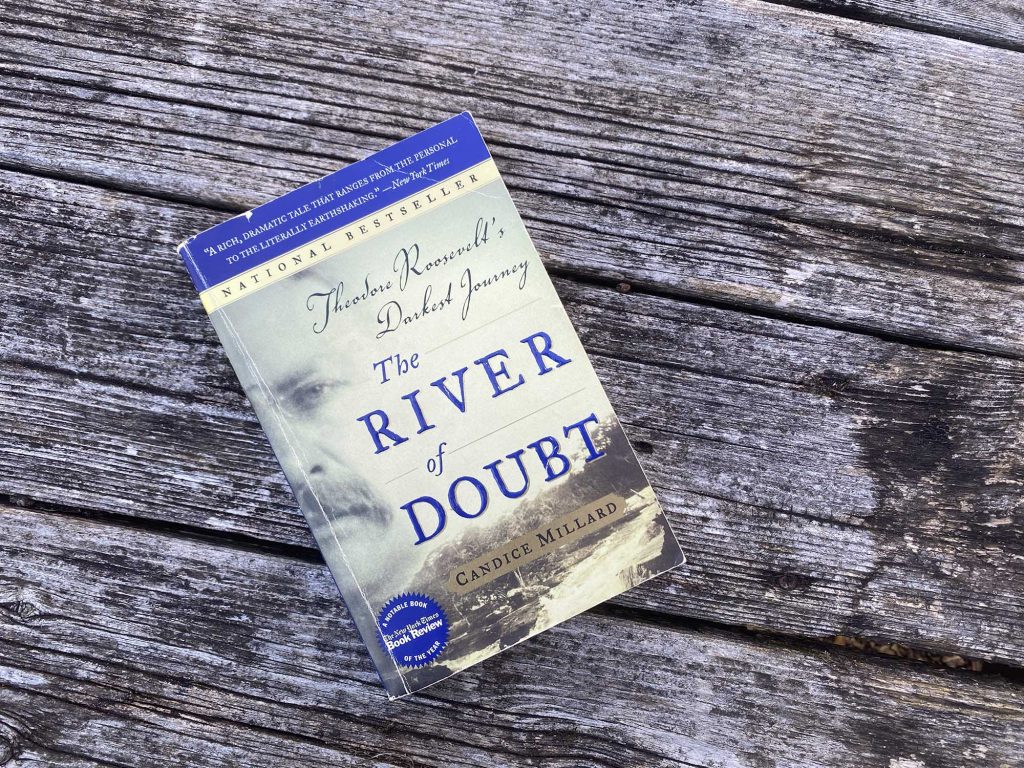As different as cattle and deer are in physical characteristics and lifestyle — 1,300 pounds versus 90 to 300, confined versus wild — they vary even more in their flavor profile, with both meats influenced by the diet and lifestyle of the animal.
Venison has an earthy taste — the result of deer feeding mostly on leaves, twigs, fruits and other foliage and their minimal amount of fat due to their active lifestyle. Beef, on the other hand, assumes a much fattier taste because of a diet consisting of hay, silage and grass and cows’ lethargic nature.
As delicious, versatile and healthful as venison is — it’s lower in fat and calories than beef and has important vitamins and minerals — it is distinctive and deserving of its own culinary stage.
Yet, venison is often substituted for beef in beef-centric recipes — a move that makes sense, especially for regular venison consumers, but that leaves unexpecting diners and those not used to venison’s unique taste bewildered by a flavor incongruous with the recipe it’s a part of.
As delicious, versatile and healthful as venison is — it’s lower in fat and calories than beef and has important vitamins and minerals — it is distinctive and deserving of its own culinary stage.
Raised on venison — harvested by my dad and worked into meals such as lasagna, chili and spaghetti — I am fairly accustomed to its unique taste (despite going years without eating much of it as a college student). Now, well into my adulthood and with a hunter for a husband, I have welcomed venison as a regular part of my diet. Anymore, it is beef that tastes alien to me.
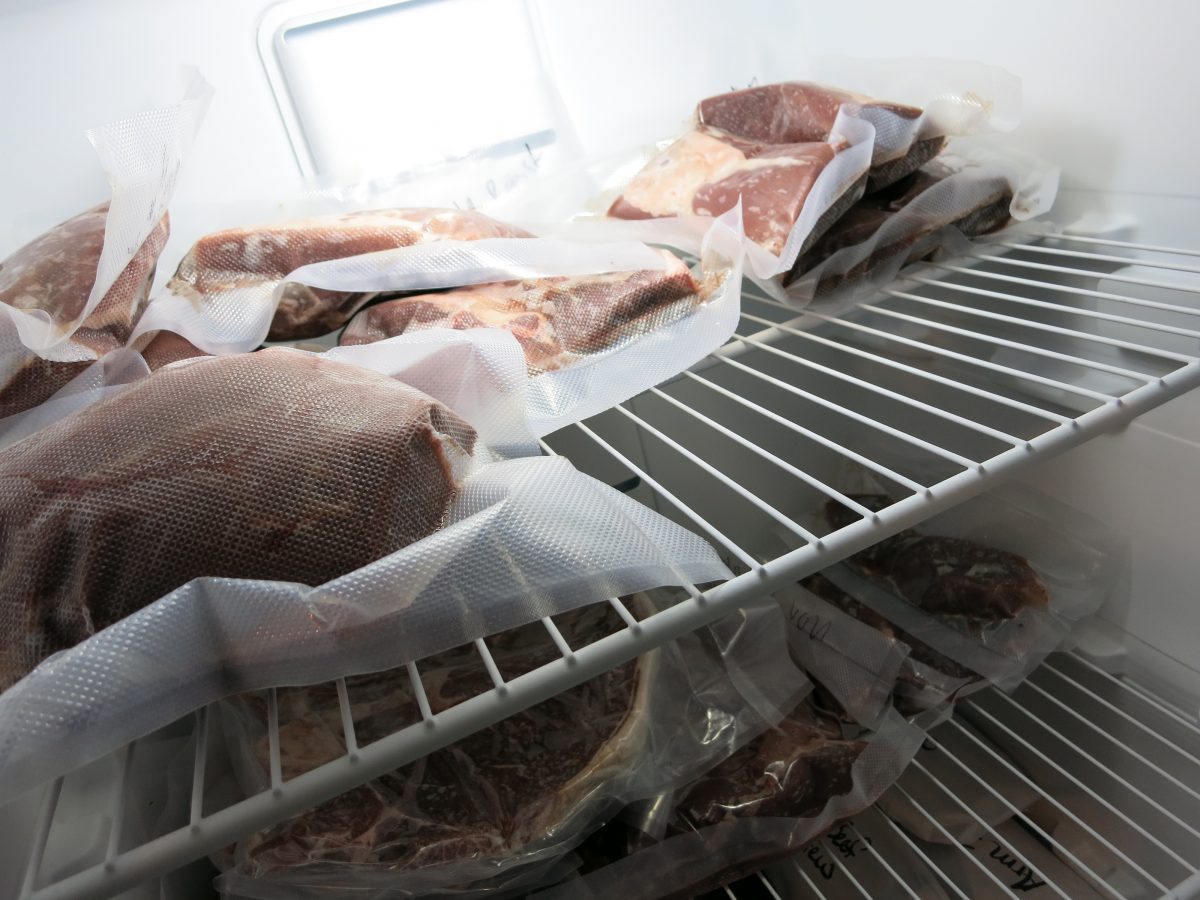
As my husband and I have been exploring the culinary possibilities of venison, we’ve learned the dos and don’ts as well as new and more distinctive ways of preparing the meat — namely, that venison shouldn’t be cooked in the same fashion as beef. Of everything we’ve learned, these are some of the most noteworthy butchering and cooking tips:
Use a marinade. Because venison lacks the fat of beef, it is easy to dry it out while cooking it. Marinating the meat for several hours to up to a day before cooking it — as opposed to using a lot of salt, which will dry it out — will help it retain some moisture, making it juicer. Use flavors that will complement, not override, the venison.
Ditch all of the fat and silver skin. Retaining a deer’s fat is not the way to make venison juicier. It can lead to the gamey taste that people sometimes complain of and to an unpleasant coating on the inside of your mouth.
Cut thicker slices of meat. Because it cooks faster than beef, venison is better when cut thicker so as to avoid overcooking and drying it out. Venison is done when it reaches approximately 145℉. That means it should be served slightly pink in the center, which will help retain some of its moisture.
Whether you’re new to venison or a connoisseur, these tips will go a long way to ensuring that your meat will taste great every time — and stand out from its beef brethren.

